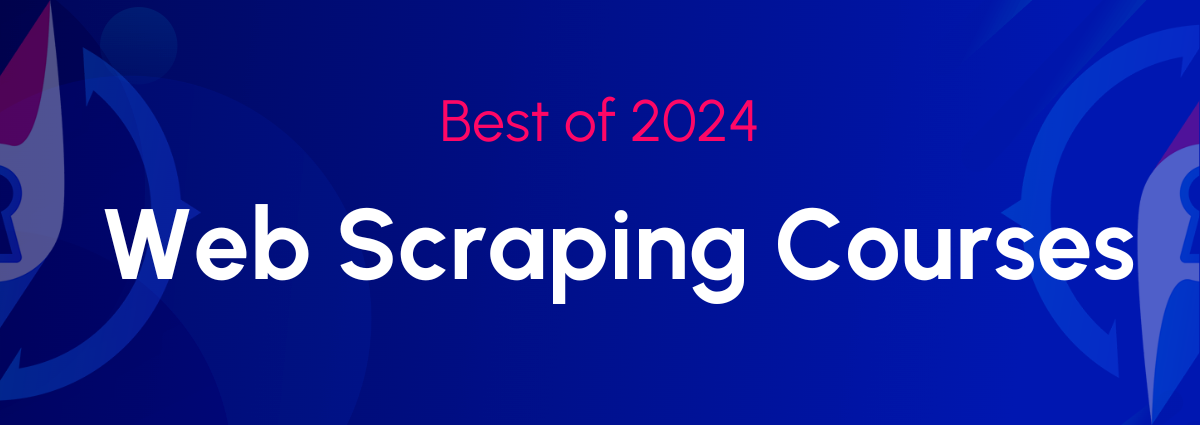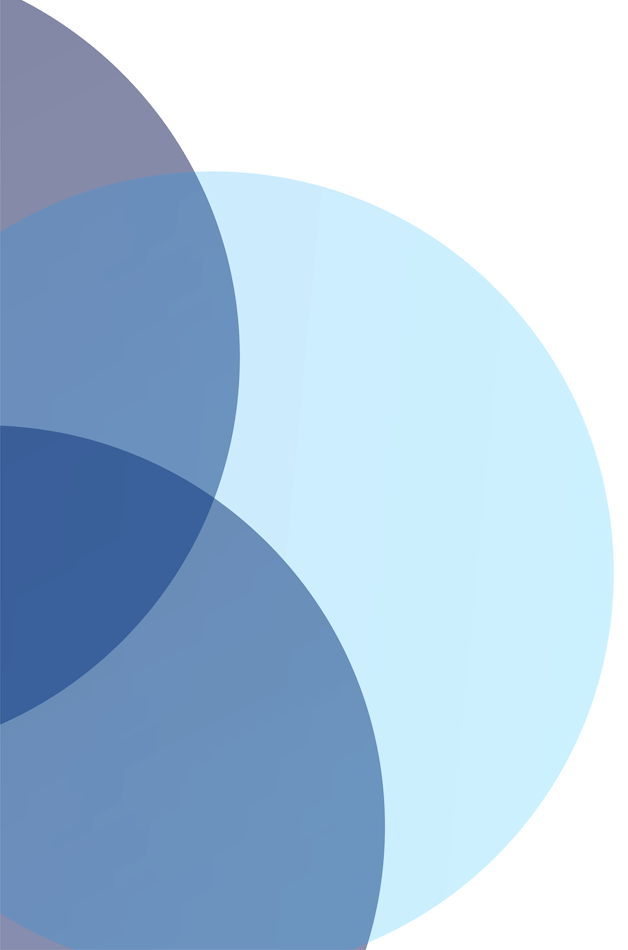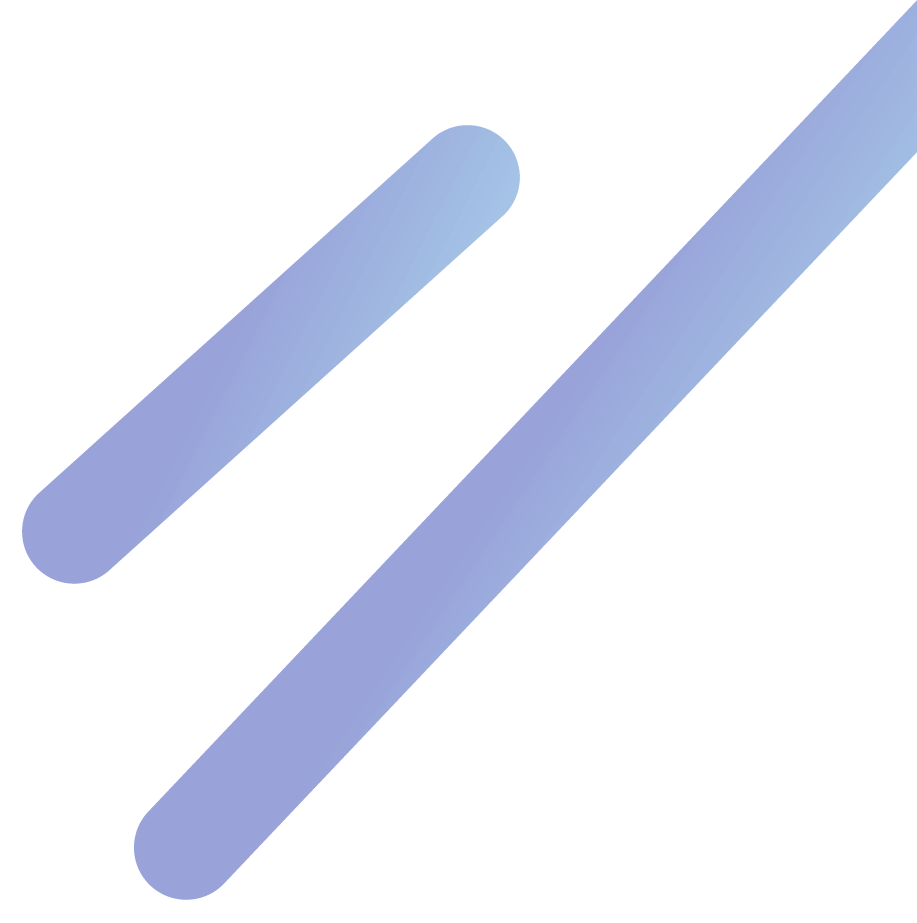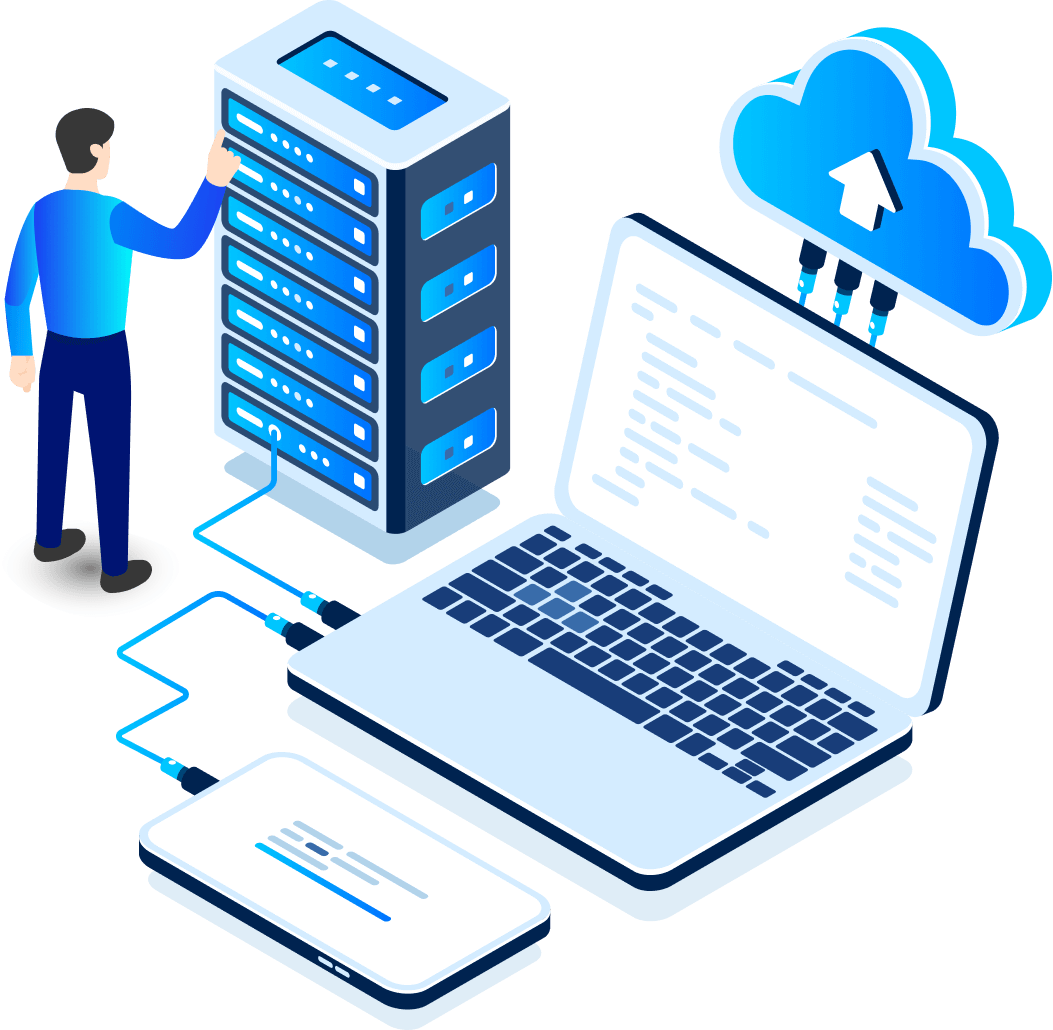
Looking for the best web scraping courses but don't know where to start?
We've curated a list with the best ones available online. From Python libraries to JavaScript frameworks, these comprehensive courses cover a wide range of tools and techniques to help you master web scraping.
Whether you're a beginner or an experienced programmer, you'll find one that suits your needs.
7 Top Online Courses for Learning Web Scraping
Every person learns differently; this is why I've included courses with varied approaches.
So if you want to learn more about Python libraries, how to scrape with Node.js or test your scraping skills, keep reading to find a course that suits you.
1. A Practical Introduction to Web Scraping in Python (Real Python)
For those who prefer a written tutorial, this course by Real Python is perfect. From building your web scraper and installing the Python libraries, up to practical exercises to check your knowledge, it's very practical and a quick introduction for improving your coding skills.
Key features:
- Downloadable source code.
- Easy to read with a friendly design.
- Step-by-step to parse HTML with Beautiful Soup.
Strongest point: Simple and clear tutorial, with clear explanations after and before each line of code.
Biggest weakness: The example provided is a great start point for beginners, but it needs to be updated.
Target audience: Beginners – no scraping experience needed.
Duration: 10-15 minutes to read it.
2. Using Python to Access Web Data (Coursera)
In case you have some experience with Python for web scraping, and you're looking for a step up in difficulty, this paid Coursera course may be the challenge you need. It's recommended to have knowledge of XML, HTML and JSON so you don't feel lost.
Key features:
- Coursera certification.
- 5 assignments throughout the course.
- It covers several Python modules: ET, BeautifulSoup, JSON, XML.
Strongest point: Challenging assignments for polishing your coding skills with Python. As it is hard, it makes you apply everything you've learned so far.
Biggest weakness: Assignments can be difficult and some consider them to go beyond what it's taught in the course.
Target audience: Intermediate-level scrapers and programmers with python knowledge.
Duration: 6-module course with an 18-hour duration.
3. Web Scraping in Python Selenium, Scrapy + ChatGPT Prize 2024 (Udemy)
Learn how to scrape data in Python with this comprehensive paid course in Udemy. You will learn the three most popular Python tools: start with BeautifulSoup, followed by Selenium and finish with Scrapy, doing some projects on the way.
Also, you will learn how to use ChatGPT for web scraping.
Key features:
- 4 scraping projects throughout the course.
- Mainly focused on Scrapy.
- XPath section with functions, syntax and operators.
Strongest point: Interactive, with good explanations and with several real-world examples that make it easier to understand.
Biggest weakness: Non-consistent audio as you need to readjust your volume for each video. Most explanations are basic.
Target audience: Beginners (if you've never scraped before), Programmers with a basic knowledge of Python.
Duration: The course has 10.5 hours of video and 17 written articles.
4. Scrapy Course by freeCodeCamp (YouTube)
If you want to get started with Scrapy, a highly-efficient framework for scraping, this free online course by freeCodeCamp can be really helpful. Best part is not only focuses on the basics, but you also learn how to deploy your scraper to the cloud using Scrapyd and schedule it to run periodically
Key features:
- Basics on how to create a Scrapy spider.
- Code provided on Github.
- It comes with a written guide tutorial as well.
- Advanced explanation on how to integrate proxies.
Strongest point: Easy tutorial to follow up, great for beginners looking to understand the structure of Scrapy.
Biggest weakness: It lacks explanations about CSS and XPath selectors.
Target audience: Beginners (if you've never scraped before), and scrapers looking to dive deep into Scrapy.
Duration: The course is a 4.5-hour single video on YouTube.
2. Web Scraping in Node.js & JavaScript (Udemy)
If you lean more towards JavaScript, this paid Udemy course will help you learn how to scrape websites using Node.js, a leading JavaScript environment. With in-depth explanations on different libraries like Request, Cheerio, Puppeteer, and Nightmare.js that are clear and concise. Overall, the instructor makes it enjoyable.
Key features:
- Practical examples on websites like Craigslist and Facebook.
- Intro to CSS Selectors and some scraping tools.
- Practical tips for avoiding being blocked.
- Introduction to GraphQL as a bonus.
Strongest point: Straight to the point, with tips and advice on how to save time when scraping.
Biggest weakness: Some of the examples are outdated, so for some it may be challenging to replicate what the instructor is doing.
Target audience: Beginners – no scraping experience needed.
Duration: The course has 11.5 hours of video and 7 written articles.
6. Scrape and Analyze Data Analyst Job Requirements with Python (Coursera Project Network)
This project-based course is perfect for practicing your Python web-scraping skills. Since it's of short duration, and it consists of only four steps, you can test your knowledge of variables, functions, and web scraping techniques related to job vacancy sourcing.
Key features:
- No need to download or install additional programs.
- Work sample you can add to your CV.
- Practical web scraping experience.
Strongest point: Useful for learning how to solve a real-life challenge you may face as a Data Analyst.
Biggest weakness: It's necessary to have technical background and experience in data cleaning and web scraping to finish it.
Target audience: intermediate-level scrapers – knowledge of web scraping.
Duration: 8 hours.
7. Web Scraping in Python: Tools, Techniques, and Legality by Real Python (YouTube)
Although it isn't a course per se, but a podcast, it's a great addition to your Python training. It covers some aspects that are not always found on courses such as changes in legality of web scraping and best practices. Since it's more like a talk, you can listen to it while driving or just laying in your bed and get first-hand scraping experiences and tips from an expert.
Key features:
- Tools to start web scraping.
- Tips on data cleaning and formatting.
- Advice on dynamic sites and selenium.
Strongest point: It covers a wide range of topics in a fun and engaging talk with practical tips on how to inspect elements on the browser, good sites to practice on, and more.
Biggest weakness: Since it's just a conversation, there are no images to follow the explanation from the expert.
Target audience: Beginners – some knowledge about web scraping.
Duration: 50 minutes.
Conclusion: Keep your End Goal in Mind
Most beginners see scraping as an impossible challenge, I did too when I was a newbie. Want to know what I did? I just started!
Explore the courses I have listed, as I made sure to include a mix. From videos to written tutorials, going through Python libraries to Javascript, long and short alike.
Motivation and consistency are key, but you can only complete your training if you have a clear goal in mind. Do the courses, read articles, listen to experts, practice, clear your doubts, but don't stop.





